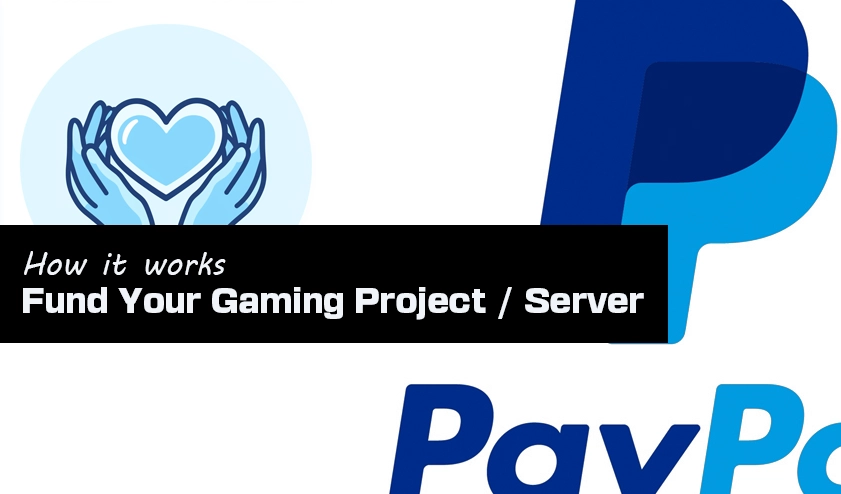Running a FiveM server is like hosting a bustling virtual metropolis where players can live out their wildest adventures in Los Santos. But just as any thriving city needs protection from threats, your server requires safeguards against malicious attacks—particularly Distributed Denial of Service (DDoS) attacks. These cyber onslaughts can bring your vibrant community to a standstill, causing frustration and driving players away.
In this guide, we’ll explore actionable strategies to shield your FiveM server from DDoS attacks, ensuring uninterrupted fun for your players.
Inhoudsopgave
Understanding the DDoS Threat
What Is a DDoS Attack?
A Distributed Denial of Service (DDoS) attack involves overwhelming a server with excessive traffic from multiple sources, rendering it unable to handle legitimate requests. Imagine a highway clogged with countless cars; no one can get through, and traffic grinds to a halt.
Why Are DDoS Attacks a Concern for FiveM Servers?
- Disruption of Service: Players experience lag, disconnections, or inability to connect.
- Community Frustration: Frequent issues can erode trust and satisfaction.
- Financial Impact: Downtime can affect revenue from donations or subscriptions.
- Reputation Damage: A vulnerable server may deter new players from joining.
Fortifying Your FiveM Server: Step-by-Step Strategies
1. Choose a Hosting Provider with Robust DDoS Protection
Your hosting provider is the foundation of your server’s security.
- Opt for Specialized Hosting: Select providers that offer gaming-focused DDoS protection, like OVH Gaming of Vultr.
- Assess Protection Levels: Ensure they provide mitigation for large-scale attacks.
Third-Party Resource: Uitchecken OVH’s Anti-DDoS Gaming for specialized protection designed for gaming servers.
2. Implement Advanced Hardware Firewalls
Hardware firewalls act as the first line of defense against malicious traffic.
- Invest in Quality Equipment: Consider devices like Cisco Firepower of Fortinet FortiGate.
- Regelmatige updates: Keep firmware updated to patch vulnerabilities.
3. Deploy Anti-DDoS Software Solutions
Software solutions complement hardware defenses by providing intelligent traffic analysis.
- Use Intrusion Detection Systems (IDS): Tools like Snort monitor and analyze traffic patterns.
- Employ DDoS Mitigation Software: Solutions like Cloudflare Spectrum offer layer 7 protection.
Third-Party Resource: Learn about Cloudflare Spectrum for protecting gaming servers from DDoS attacks.
4. Configure Server Firewall Rules Carefully
Fine-tuning your firewall rules can block malicious traffic while allowing legitimate players to connect smoothly.
- Restrict Unnecessary Ports: Only keep essential ports (e.g., 30120 for FiveM) open.
- Set Connection Limits: Limit the number of simultaneous connections from a single IP.
5. Utilize Reverse Proxies to Hide Your Server IP
Concealing your server’s real IP address makes it harder for attackers to target you.
- Implement Reverse Proxies: Tools like HAProxy can distribute traffic and mask your IP.
- Consider VPN Services: Route traffic through a Virtual Private Network to add an extra layer of anonymity.
6. Enable Rate Limiting and Traffic Shaping
Control the flow of incoming connections to prevent overload.
- Rate Limiting: Set thresholds for incoming requests to mitigate floods.
- Traffic Shaping Tools: Use software like tc (traffic control) in Linux to manage bandwidth.
7. Keep Your Server and Software Up-to-Date
Regular updates patch security vulnerabilities that attackers could exploit.
- Update FiveM Server Software: Stay current with the latest releases.
- Update Operating System and Dependencies: Regularly patch your OS and any installed software.
8. Monitor Server Traffic and Logs
Proactive monitoring allows for early detection of unusual activities.
- Use Monitoring Tools: Zabbix of Nagios can provide real-time insights.
- Analyze Logs Regularly: Look for patterns that may indicate an impending attack.
9. Educate and Train Your Admin Team
A knowledgeable team can respond swiftly to threats.
- Security Training: Provide regular training on best security practices.
- Establish Protocols: Create clear procedures for responding to attacks.
10. Maintain Regular Backups
Backups ensure you can restore your server quickly if needed.
- Automated Backups: Schedule regular backups of your server data.
- Off-Site Storage: Keep backups in a secure, remote location.
Engaging Your Community in Security Efforts
Transparent Communication
- Inform Players: Let your community know about maintenance or security measures.
- Feedback Channels: Encourage players to report issues promptly.
Build a Trusted Network
- Collaborate with Other Server Owners: Share insights and strategies.
- Participate in Forums: Engage in communities like the FiveM Forums to stay updated on common threats.
Best Practices for Ongoing Protection
- Blijf geïnformeerd: Keep up with the latest DDoS trends and mitigation techniques.
- Regular Security Audits: Periodically review your security measures for potential gaps.
- Legal Preparedness: Understand your rights and obligations under cybercrime laws.
Conclusie
Protecting your FiveM server from DDoS attacks is not just about safeguarding your digital assets—it’s about preserving the vibrant community you’ve built. By implementing these strategies, you’re not only defending against malicious actors but also enhancing the overall experience for your players.
Remember, a secure server is a successful server. So gear up, fortify your defenses, and let your players enjoy the immersive world you’ve created without interruption.




